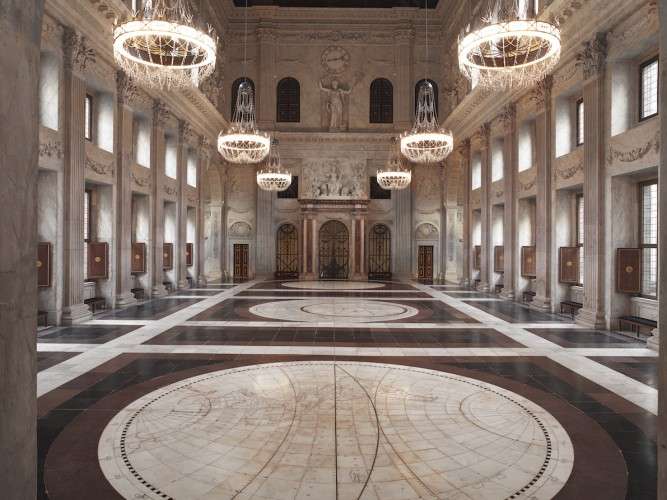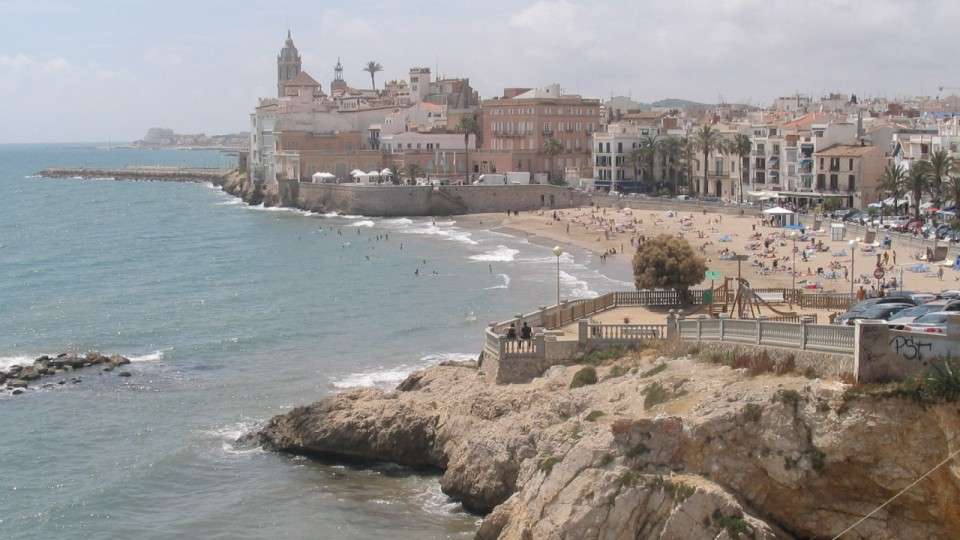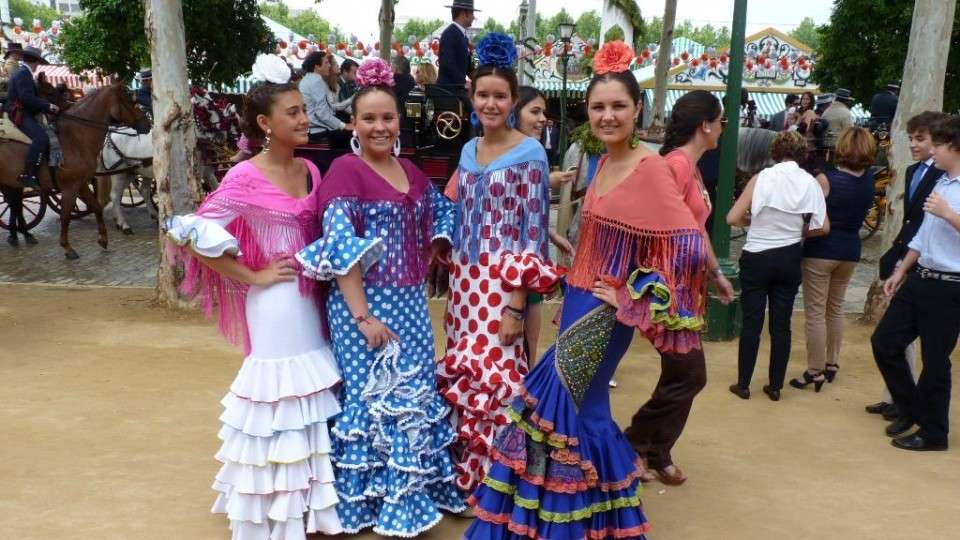Amsterdam • Netherlands
A destination the world looks upon as a city of sin. Despite the coffee shops and red-light district Amsterdam is sure to make you see things differently!
Amsterdam is the capital and largest city of the Netherlands, situated 2 metres above sea level, its name is derived from Amstellerdam, indicative of the city’s origin when the inhabitants had built a bridge with a dam across the Amstel.
Settled as a small fishing village in the late 12th century, Amsterdam became one of the most important ports in the world during the Dutch Golden Age. During that time, the city was the leading centre for finance and diamonds. The city is the financial and cultural capital of the Netherlands and Amsterdam Stock Exchange is the oldest stock exchange in the world.
One of the largest historic city centres in Europe, with about 7,000 registered historic buildings. The street pattern has been largely unchanged since the 19th century there was no major bombing during World War II. The centre consists of 90 islands linked by 400 bridges. Amsterdam is one of the most bicycle-friendly large cities in the world and is a centre of bicycle culture with good facilities for cyclists such as bike paths and bike racks.
The “Amsterdam” that most people know is the city centre, a radius of about 2 km, with Central Station at its apex. It corresponds to the city as it was around 1850. All major tourist destinations, and most hotels, are located inside it or just outside it. Districts inside the city centre are the Jordaan, a working-class area gone upmarket, and Plantage, a leafy and spacious area known for its zoo and botanical gardens.
The oldest area of the town is known as de Wallen (the quays), in the Nieuwmarkt area of the Old Center. It lies to the east of Damrak and contains the city’s famous red-light district. To the south of de Wallen is the old Jewish quarter of Waterlooplein. The most popular district outside of the city centre is South for its quality museums and street markets.
De Wallen, the oldest part of the city, is a designated area for legalized prostitution and is Amsterdam‘s largest and most well known red-light district. It consists of a network of roads and alleys containing several hundred small, one-room apartments rented by female sex workers who offer their services from behind a window or glass door, typically illuminated with red lights. The area also has a number of sex shops, sex theatres, peep shows, a sex museum, a cannabis museum, and a number of coffee shops offering various cannabis products.
Many people choose to visit Amsterdam because of its reputation for tolerance. Prostitution is legalized and licensed in the Netherlands, and in Amsterdam, it is very visible window prostitution. The sale, possession, and consumption of small quantities of cannabis, while illegal, is tolerated by authorities. Coffeeshops, not to be confused with coffeehouses or cafes, are allowed to sell cannabis and hash for personal use, not more than 5 grams.
A famous building in baroque style in Amsterdam is the Royal Palace on Dam Square, the building interior left a great impression on me, the main hall called The Universe marked by symbols and images explorers would recognise, the floors etched with globes and Atlas at its centre.

Amsterdam has an amazing collection of museums, ranging from masterpieces of art to porn, vodka and cannabis. Some of the museums include Anne Frank House, dedicated to Anne Frank, a Jewish girl who kept a diary while hiding from Nazi persecution in hidden rooms at the rear of the building, an exhibition on the life of Anne Frank, but also highlights other forms of persecution and discrimination.
The Rijksmuseum has a large collection of paintings from the Dutch Golden Age. Van Gogh Museum, the Dutch Post-Impressionist painter whose work had a far-reaching influence on 20th-century art for its vivid colours and emotional impact. This museum has the largest collection of Van Gogh’s paintings and drawings in the world
The two main nightlife areas are the Leidseplein and the Rembrandtplein. The Reguliersdwarsstraat is the main street for the GLBT community and nightlife.
Depending on your viewpoint some people will consider Amsterdam an unwholesome city whereas other people will find their relaxed attitudes refreshing. Look beyond the red light district and you find specialised shops, bars and restaurants, the most picturesque views of canals and streets, wander and lose yourself in its labyrinth.
If you avoid the red light district, Amsterdam is an excellent family destination. I can’t help it, I’m a fan.






